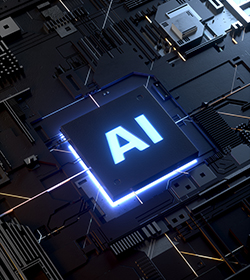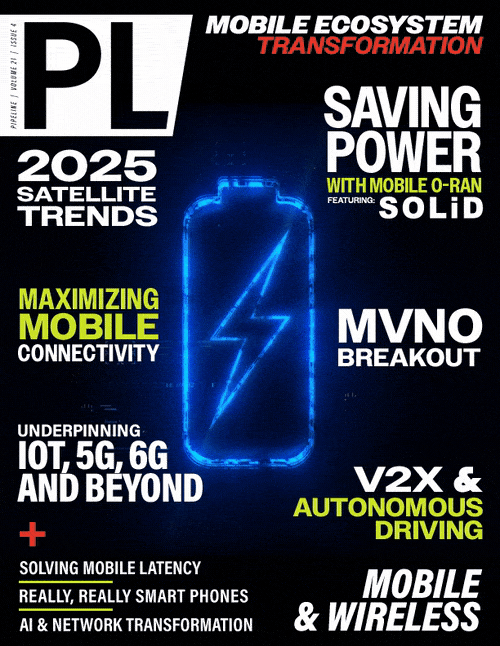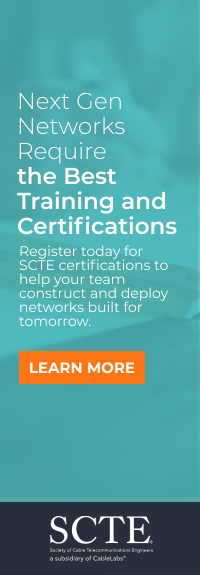Network Transformation and GenAI

In the following months, you will see a lot of talk about transforming networks by the application of GenAI technology. This is just the latest in a trend where network transformation has come to mean doing the one single thing that changes everything. Right now, that one thing is applying GenAI. GenAI is a powerful technology that offers tremendous benefits somewhat complicated by some serious side effects. It is hard to predict what technologies will be added to our tool kit tomorrow. But it is highly likely that new powerful ones will appear. Thus, true transformation is not doing one single thing even if that one thing is GenAI. Rather, it is implementing a constant innovation process. That is, an innovation funnel similar to a sales funnel.
What is a Network?
In the past there was a clear distinction between communications and computing. Over time, that distinction has become blurred. There are very few computers that operate in isolation. And there are very few networks that don’t have computers as basic components. The discussion below focuses on telecommunications. A compute centric analysis would be similar in many ways.
Recent History of Network Transformation
We have gone through several generations of transformation. Each generation is characterized by a new technology approach. Each approach is positioned by itself as something that is too important not to focus on. A focus that tends to block out everything else. For each approach, consultants can explain why you need it. Vendors can provide products for it. System integrators can help you implement it. There are conferences, industry groups and training programs about it. Some recent examples include: Digital Twin, Dev Ops, Edge Computing, Cloudification, NFV, SDN, and SDR.
What started as one big technology change that could produce fundamental changes to your network, became a series of profound technology changes. Some will say that GenAI is a much bigger technology jump than those that came before. That it is, in some ways, disrupting the previous tech jumps.
And GenAI is, in fact, disrupting the previous tech jumps. But others will argue that each one of the jumps that preceded GenAI was a much bigger jump than what came before. Others argue that the existing form of GenAI is just the beginning. That new jumps are coming that will be bigger. Some predict that GenAI will gain orders of magnitude greater capabilities. Others speculate on dramatic reductions in power consumption. But, if history is any guide, there will be a next bigger jump and it is likely not to conform to any of today’s predictions.
Network Transformation Today
Does this accelerating rate of technical change mean that we need to throw out the concept of Transformation? No. But we do need a Next Generation Transformation Process (NGTP). One that recognizes:
- Chain of ongoing dramatic technologies coming to market.
- Many valuable innovation opportunities to be mined from earlier technologies.
The best way to develop this NGTP is to take the ladder of abstraction up to the next level. That is, define the transformation process not as focused on a single new technology, but rather, on instituting a process. A process to take advantage of both the chain of ongoing dramatic technologies coming to market as well as mining the innovation opportunities from earlier technologies. Doing that suggests that the NGTP focuses on capturing and deploying these innovation opportunities in a way that:
- Maximizes benefits.
- Minimizes bad side effects.
- Continues to capture benefits from previous generations of technology.
Portfolio Management Approach Needed
Some may think that the best way to do this is to pick a single application of each technology as they come along. The problem is that innovation involves risk — technical risk and business risk.
There may be technical problems with a particular application of a technology. It may be too early. The particular application for the technology may turn out not to be a good fit for the
technology. The application may require knowledge and skills the organization does not have. On the business side, the technology may work, but not deliver the benefits expected. There may be
unexpected consequences including negative side effects. It may be too hard for the organization



















